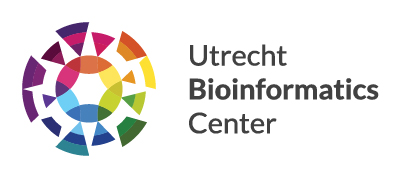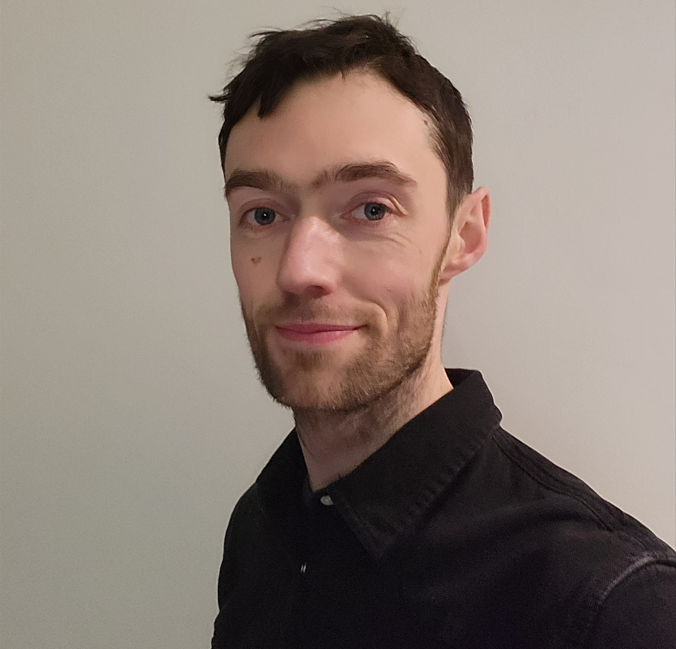Why do we need bioinformatics to understand plant-microbe interactions?
The CNS is extremely complex, it’s workings are one of the greatest mysteries in science. Unsurprisingly, we are therefore seeing that significant knowledge gains in our understanding of the CNS are increasingly being achieved through novel integrative analyses of large datasets. Some of the most impactful recent examples come from projects like the Allen Brain Atlas – where the aim is to generate comprehensive maps of the cellular architecture of the brain with rich annotation for molecular, functional and phenotypic readouts.
This requires enormous volumes of data spanning all kinds of molecular omics (such as genetics, transcriptomics, epigenomics, proteomics, metabolomics), as well as spatially resolved analyses, electrophysiology, neuroimaging and clinical measurements. There is also a growing need for increasingly sophisticated in silico models that can be used to simulate and interpret brain function in health and disease. All of this means that bioinformatics expertise are in high demand, and fundamental to pushing the state of the art even further.
How do you incorporate bioinformatics in your research?
We study molecular events that impact the health of the brain and spinal cord, with a special focus on neurodegeneration. We’re primarily a bioinformatics driven research group, and most our work begins with computational analyses of omics measurements taken from patients and cellular models. Genetics has been our biggest focus, and this has progressed from targeted gene analyses to exome studies and then full genome analyses that encompass tens of thousands of people. We are also heavily invested in molecular profiling of postmortem patient tissue, primarily at the level of single cell transcriptomics and chromatin accessibility.
In terms of bioinformatic analyses, our work has focused on building and applying tools that allow us to discover disease-relevant biological signatures within these datasets, without being led astray by hidden technical artefacts.
We also find our ourselves working more and more on implementing interpretable machine learning solutions to perform sequence to function prediction analyses (both for the coding and non-coding genome), as well as implementing infrastructure to support the accessibility and reuse of datasets.
In what way do you collaborate with other researchers?
The challenges we face have evolved over time and so have the collaborations. Right now, we rely heavily on interactions with clinicians, biobanks, neurobiologists and of course many different kinds of bioinformaticians. Some of this happens at the level of international consortia, but a lot happens locally with other groups in the Netherlands.
In the immediate future, I’d love to connect more with the extensive range of protein modelling expertise on campus. We have been working on methods to study the impact of rare genetic variation on protein structure, and I would love to extend this with molecular dynamics simulations and protein-protein interaction models that goes beyond our expertise. We are also interested to follow up on some of our recent single-cell analyses with new collaborations in spatial transcriptomics.
My team has a lot of expertise in analysing rare genetic variations, developing new bioinformatic pipelines, analysing large DNA sequencing datasets, studying aberrant RNA processing events and in silico analyses to interpret both non-coding regulatory elements. We have nice interactions with multiple other groups on campus around these topics and it would be great to continue to build on that.
What are you looking forward to most as UBC Executive Committee member?
I’m looking forward to having the opportunity to connect with other bioinformatics researchers outside my usual networks, and to learning more about the full range of computational analyses happening on campus. I’m also excited to be working on organizing new UBC events which we hope will be both fun and useful for the community.
Finally, I am very keen to be a part of furthering the UBC’s mission to promote bioinformatics education, bioinformatics infrastructure and a thriving bioinformatics research community that gets the visibility and recognition it deserves.

